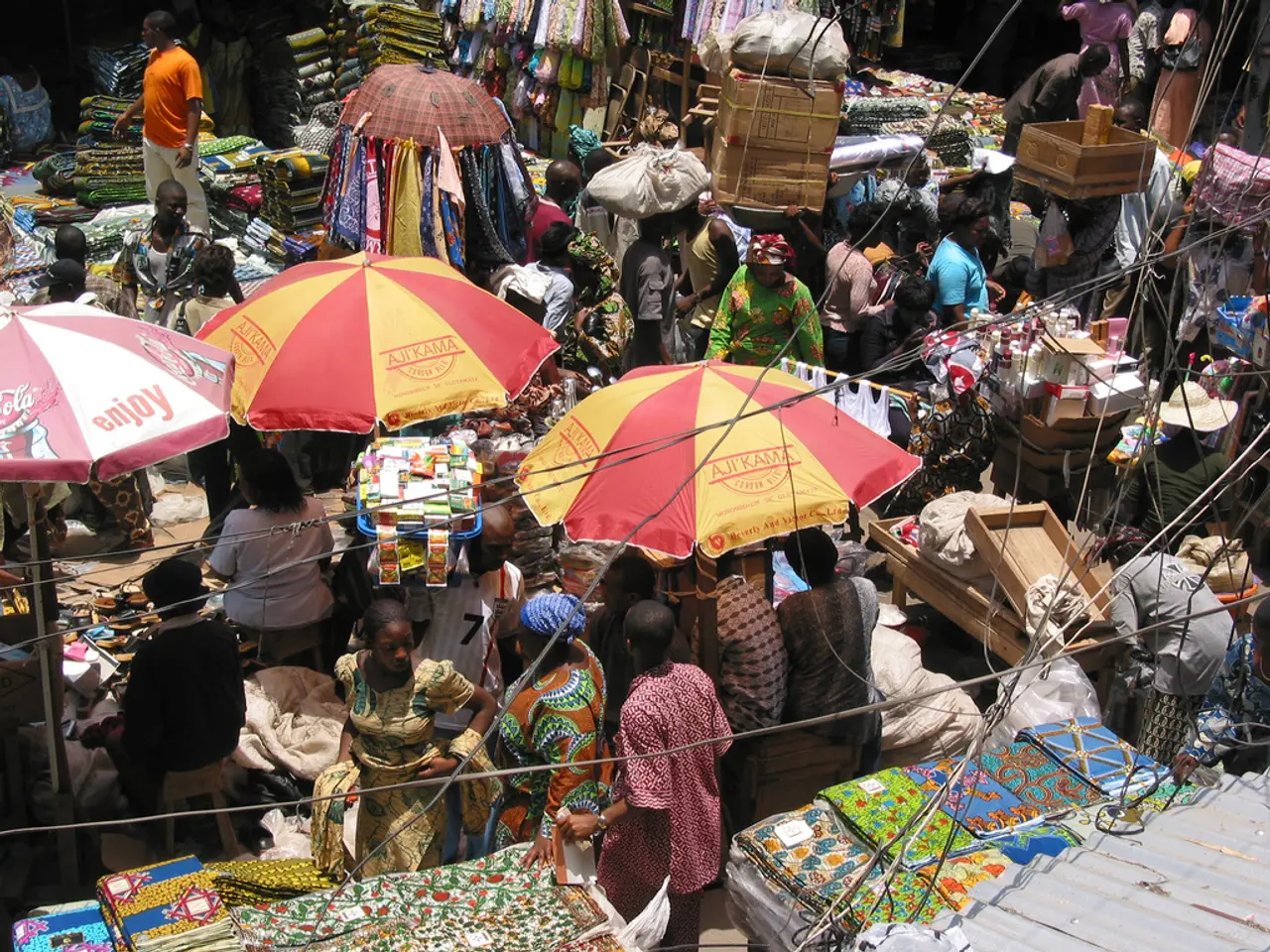Delving into the Shadows: An Examination of Underground Cybercrime Networks
In the shadowy corners of the internet, the Dark Web serves as a breeding ground for cybercrime, with its anonymity and encrypted nature posing significant challenges for law enforcement agencies worldwide. However, the fight against this hidden menace is far from over, as international cooperation and advanced technology are proving to be crucial weapons in the battle.
Agencies like the Federal Bureau of Investigation, Interpol, and the European Cybercrime Centre (EC3) are working together with other international bodies, sharing resources, intelligence, and expertise to combat Dark Web crime. This collaboration extends to global networks and partnerships, such as the U.S. GLEN program, which partners with international law enforcement and judicial entities to enhance capabilities in tackling cybercrime, including on the Dark Web, emphasizing cross-border cooperation and evidence sharing.
One of the key methods in this fight is the sharing of intelligence. Agencies form networks to exchange information on cybercrime trends, suspects, and methodologies. For instance, INTERPOL organizes regional operations like Operation Secure, which involves multiple Asia-Pacific countries working together to dismantle malicious infrastructure supporting cybercrime.
Joint investigations and coordinated actions are another crucial aspect of the fight. Law enforcement teams combine resources and expertise to conduct joint investigations targeting Dark Web criminal marketplaces and networks. This includes coordinated raids, arrests, and seizures of illegal assets, as demonstrated in operations spanning Vietnam, Sri Lanka, and Hong Kong that disrupted phishing and online fraud campaigns by shutting down command-and-control servers and apprehending suspects.
Advanced digital forensics and investigative platforms also play a vital role. Agencies employ these tools to analyse Dark Web activity, collect electronic evidence, and trace cybercriminals. Tools like those from Searchlight Cyber provide law enforcement with real-time intelligence and statistical overviews of Dark Web marketplaces, enabling proactive threat identification and faster case development.
Capacity building and strategic guidance are equally important. Initiatives like ICHIP under GLEN provide law enforcement with training, strategic advice, and technical assistance to improve their ability to investigate cybercrime effectively, especially where U.S. interests and international law intersect.
The takedown of notable darknet markets such as Silk Road and AlphaBay is a testament to the increasing commitment, resources, and collaboration among global law enforcement agencies in their ongoing fight against this hidden menace. However, the Dark Web remains a flourishing marketplace for Exploits or Zero-day vulnerabilities with catastrophic potential, which can be an 'open door' for cybercriminals to unleash high-impact cyber-attacks.
The Dark Web is accessible only through The Onion Router (TOR) network, an open-source software allowing anonymous communication. Decentralized networks like Blockchain and privacy-preserving protocols, such as zero-knowledge proof, are used to ensure transparency and anonymity on the Dark Web. Cryptocurrencies, especially Bitcoin, are the preferred payment method in these markets due to their untraceability.
Despite these challenges, publicising successful actions against Dark Web sites and criminals serves as a deterrent for future crimes, creating a sense of uncertainty and fear amongst potential cybercriminals. Remaining informed about the dark web, improving our understanding of cybercrime markets, and advancing cybersecurity measures are essential steps in protecting individuals and organisations and maintaining the integrity of the digital landscape we have come to depend on so heavily.
- Agencies like the Federal Bureau of Investigation, Interpol, and the European Cybercrime Centre (EC3) are leveraging digital forensics and advanced technology to combat crime on the Dark Web, working together with other international bodies.
- Sharing threat intelligence, suspect information, and methodologies is a key strategy in the fight against Dark Web crime, with networks like INTERPOL exchanging information on cybercrime trends.
- Joint investigations and coordinated actions are crucial in targeting Dark Web criminal marketplaces and networks, as demonstrated by operations spanning multiple countries that disrupted phishing and online fraud campaigns.
- Capacity building and strategic guidance are equally important in the fight against cybercrime, with initiatives like ICHIP under GLEN providing law enforcement with training, advice, and technical assistance to improve their ability to investigate cybercrime effectively.
- The use of encryption, access control, and privacy-preserving protocols like zero-knowledge proof on the Dark Web makes it challenging, but remaining informed about the dark web, improving our understanding of cybercrime markets, and advancing cybersecurity measures are essential steps in protecting individuals and organizations.




